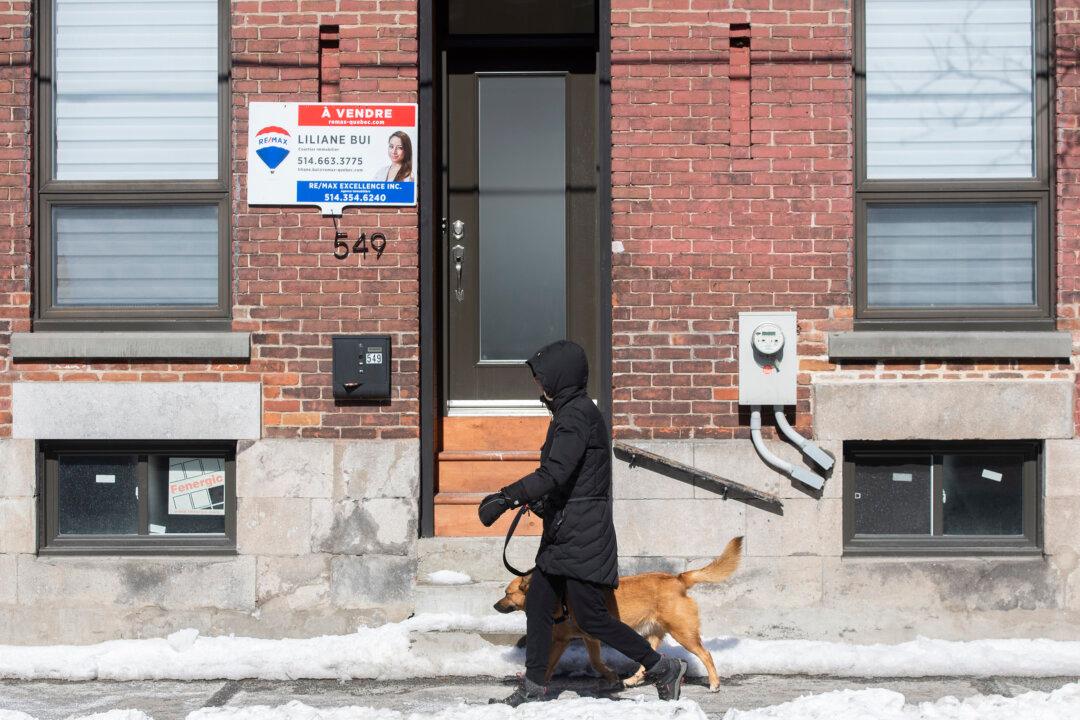CALGARY—Immediately after U.S. President Barack Obama denied a permit for the Keystone XL pipeline, TransCanada Corp. vowed to review all of its options.
Unfortunately for the Calgary-based company, none of those options are quick, simple, or sure to succeed, according to a Washington, D.C., lawyer who at one time dealt with energy issues at the U.S. Department of Justice.
“There’s not much anyone can do to reverse the decision practically or legally in the short term,” said Jim Rubin, now a partner at Dorsey & Whitney.
The one possibility TransCanada raised in its statement on Friday, Nov. 6, was filing for a new permit to ship oilsands crude across the border.
That’s a non-starter as long as Obama is in the White House, said Rubin. Same story if the Democrats win the 2016 election, given the front-runners for the nomination have come out against the project.
The best hope, said Rubin, is for TransCanada to bide its time and see if the Republicans take power in 2017.





